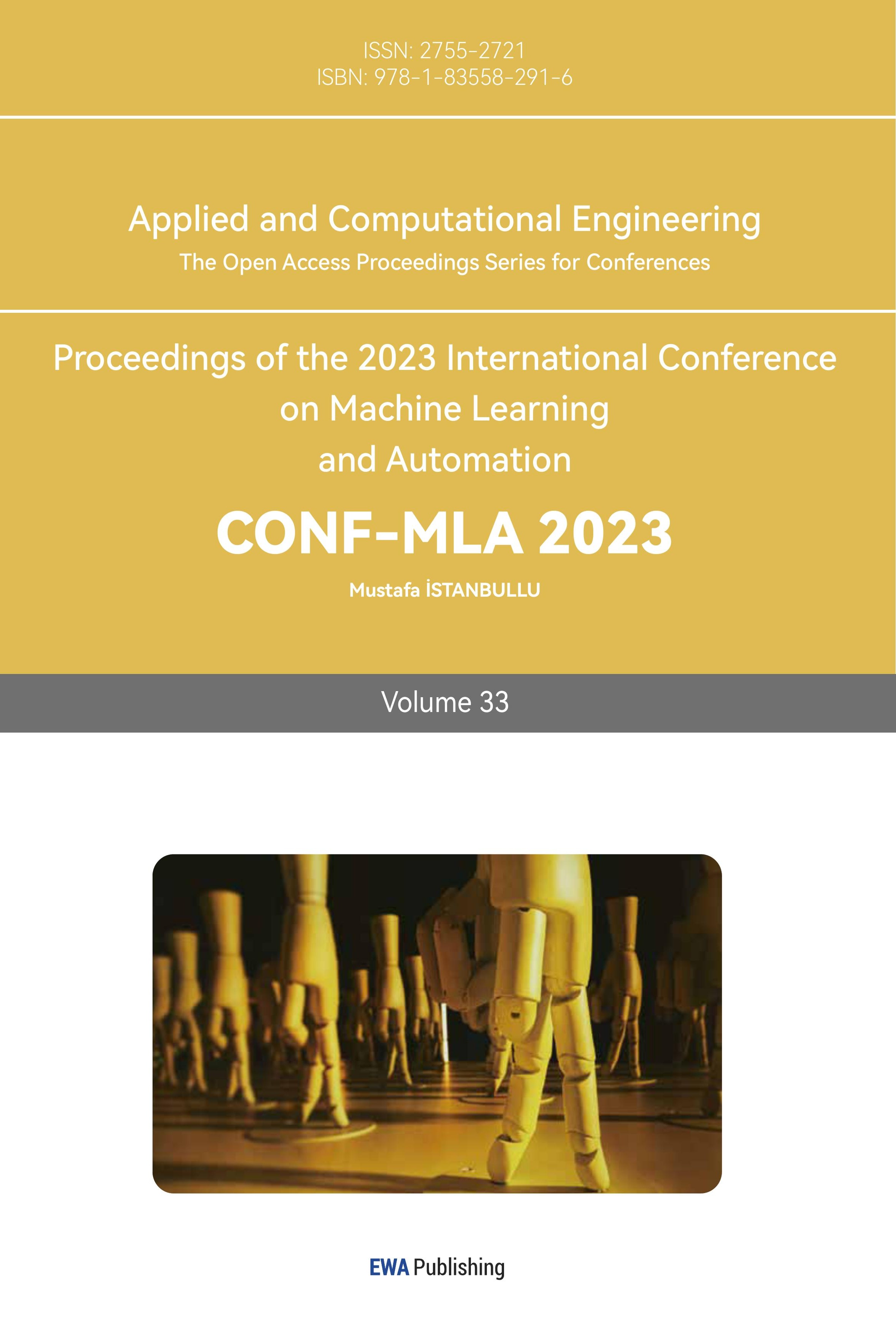References
[1]. Szczepanski, R., Tarczewski, T., & Erwinski, K. 2022. Energy efficient local path planning algorithm based on predictive artificial potential field. IEEE Access, 10, 39729-39742.
[2]. Zafar, M. N., & Mohanta, J. C. 2018. Methodology for path planning and optimization of mobile robots: A review. Procedia computer science, 133, 141-152.
[3]. Gul, F., Mir, I., Abualigah, L., Sumari, P., & Forestiero, A. 2021. A consolidated review of path planning and optimization techniques: Technical perspectives and future directions. Electronics, 10(18), 2250.
[4]. Hirata, M., Tsukada, M., Okumura, K., Tamura, Y., Ochiai, H., & Défago, X. 2021, September. Roadside-assisted cooperative planning using future path sharing for autonomous driving. In 2021 IEEE 94th Vehicular Technology Conference (VTC2021-Fall) (pp. 1-7). IEEE.
[5]. Szczepanski, R., Bereit, A., & Tarczewski, T. 2021. Efficient local path planning algorithm using artificial potential field supported by augmented reality. Energies, 14(20), 6642.
[6]. Fan, X., Guo, Y., Liu, H., Wei, B., & Lyu, W. 2020. Improved artificial potential field method applied for AUV path planning. Mathematical Problems in Engineering, 2020, 1-21.
[7]. Rostami, S. M. H., Sangaiah, A. K., Wang, J., & Liu, X. 2019. Obstacle avoidance of mobile robots using modified artificial potential field algorithm. EURASIP Journal on Wireless Communications and Networking, 2019(1), 1-19.
[8]. Li, Y., Tian, B., Yang, Y., & Li, C. 2022, March. Path planning of robot based on artificial potential field method. In 2022 IEEE 6th Information Technology and Mechatronics Engineering Conference (ITOEC) (Vol. 6, pp. 91-94). IEEE.
[9]. Yuan, X. 2022, November. Research on the Limitations of UAV Path Planning Based on Artificial Potential Field Method. In 2022 9th International Forum on Electrical Engineering and Automation (IFEEA) (pp. 619-622). IEEE.
[10]. Song, J., Hao, C., & Su, J. 2020. Path planning for unmanned surface vehicle based on predictive artificial potential field. International Journal of Advanced Robotic Systems, 17(2), 1729881420918461.
Cite this article
Tao,S. (2024). Improved artificial potential field method for mobile robot path planning. Applied and Computational Engineering,33,157-166.
Data availability
The datasets used and/or analyzed during the current study will be available from the authors upon reasonable request.
Disclaimer/Publisher's Note
The statements, opinions and data contained in all publications are solely those of the individual author(s) and contributor(s) and not of EWA Publishing and/or the editor(s). EWA Publishing and/or the editor(s) disclaim responsibility for any injury to people or property resulting from any ideas, methods, instructions or products referred to in the content.
About volume
Volume title: Proceedings of the 2023 International Conference on Machine Learning and Automation
© 2024 by the author(s). Licensee EWA Publishing, Oxford, UK. This article is an open access article distributed under the terms and
conditions of the Creative Commons Attribution (CC BY) license. Authors who
publish this series agree to the following terms:
1. Authors retain copyright and grant the series right of first publication with the work simultaneously licensed under a Creative Commons
Attribution License that allows others to share the work with an acknowledgment of the work's authorship and initial publication in this
series.
2. Authors are able to enter into separate, additional contractual arrangements for the non-exclusive distribution of the series's published
version of the work (e.g., post it to an institutional repository or publish it in a book), with an acknowledgment of its initial
publication in this series.
3. Authors are permitted and encouraged to post their work online (e.g., in institutional repositories or on their website) prior to and
during the submission process, as it can lead to productive exchanges, as well as earlier and greater citation of published work (See
Open access policy for details).
References
[1]. Szczepanski, R., Tarczewski, T., & Erwinski, K. 2022. Energy efficient local path planning algorithm based on predictive artificial potential field. IEEE Access, 10, 39729-39742.
[2]. Zafar, M. N., & Mohanta, J. C. 2018. Methodology for path planning and optimization of mobile robots: A review. Procedia computer science, 133, 141-152.
[3]. Gul, F., Mir, I., Abualigah, L., Sumari, P., & Forestiero, A. 2021. A consolidated review of path planning and optimization techniques: Technical perspectives and future directions. Electronics, 10(18), 2250.
[4]. Hirata, M., Tsukada, M., Okumura, K., Tamura, Y., Ochiai, H., & Défago, X. 2021, September. Roadside-assisted cooperative planning using future path sharing for autonomous driving. In 2021 IEEE 94th Vehicular Technology Conference (VTC2021-Fall) (pp. 1-7). IEEE.
[5]. Szczepanski, R., Bereit, A., & Tarczewski, T. 2021. Efficient local path planning algorithm using artificial potential field supported by augmented reality. Energies, 14(20), 6642.
[6]. Fan, X., Guo, Y., Liu, H., Wei, B., & Lyu, W. 2020. Improved artificial potential field method applied for AUV path planning. Mathematical Problems in Engineering, 2020, 1-21.
[7]. Rostami, S. M. H., Sangaiah, A. K., Wang, J., & Liu, X. 2019. Obstacle avoidance of mobile robots using modified artificial potential field algorithm. EURASIP Journal on Wireless Communications and Networking, 2019(1), 1-19.
[8]. Li, Y., Tian, B., Yang, Y., & Li, C. 2022, March. Path planning of robot based on artificial potential field method. In 2022 IEEE 6th Information Technology and Mechatronics Engineering Conference (ITOEC) (Vol. 6, pp. 91-94). IEEE.
[9]. Yuan, X. 2022, November. Research on the Limitations of UAV Path Planning Based on Artificial Potential Field Method. In 2022 9th International Forum on Electrical Engineering and Automation (IFEEA) (pp. 619-622). IEEE.
[10]. Song, J., Hao, C., & Su, J. 2020. Path planning for unmanned surface vehicle based on predictive artificial potential field. International Journal of Advanced Robotic Systems, 17(2), 1729881420918461.









